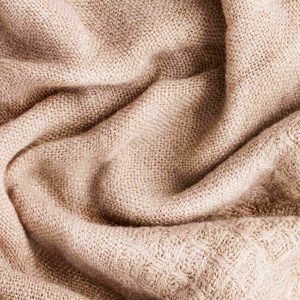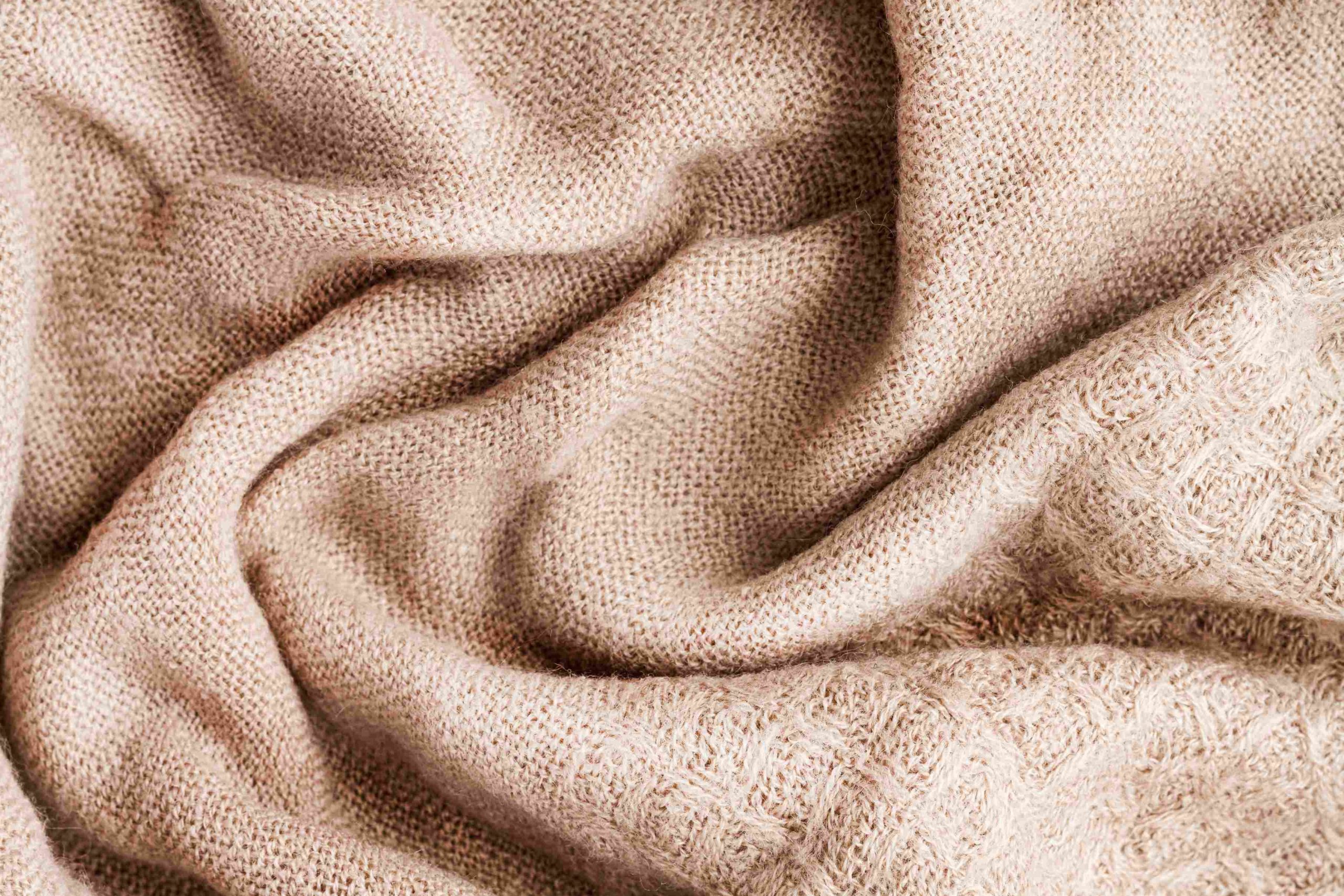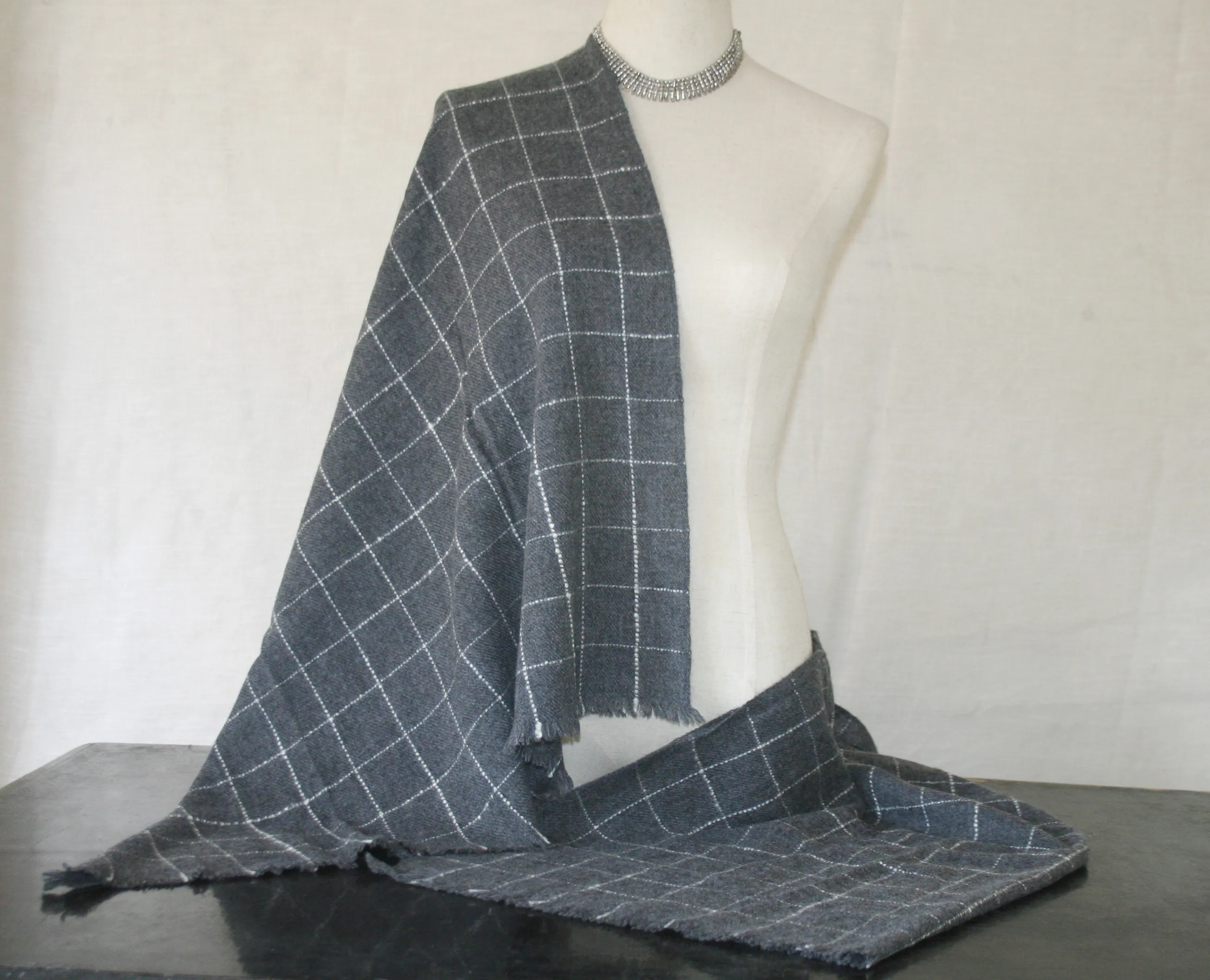When it comes to Wool vs Cashmere, most people think they’re quite similar — both are warm, cozy, and perfect for winter wear. But the truth is, there’s a world of difference between these two luxurious fabrics. While wool is common and durable, cashmere stands in a class of its own for its softness, lightness, and unmatched comfort. In this article, we’ll explore the real difference between wool and cashmere, and why cashmere wins every time when it comes to luxury and performance.
What Is Wool?
Wool is a natural fiber obtained from the fleece of sheep. It has been used for centuries to make warm clothing such as sweaters, coats, scarves, and blankets. Wool is known for its durability, elasticity, and insulating properties, making it a reliable choice for cold climates.
However, not all wool feels the same. Some types of wool, especially those made from coarser fibers, can feel rough or itchy on the skin. That’s why people often look for softer alternatives like cashmere.
Pros of Wool:
- Strong and long-lasting
- Provides good warmth
- Affordable and widely available
Cons of Wool:
- Can feel itchy or heavy
- Prone to shrinking if not cared for properly
- Less breathable than cashmere
What Is Cashmere?
Cashmere is a rare and luxurious natural fiber obtained from the soft undercoat of the Cashmere (or Pashmina) goat, which is native to the Himalayan regions of Nepal, Mongolia, and Kashmir. Unlike regular wool, which comes from sheep, cashmere is hand-combed from goats during their natural molting season — making it much rarer and more valuable.
Each goat produces only about 150–200 grams of fine cashmere fibers per year, which is one reason why genuine cashmere is considered a symbol of elegance and exclusivity.
Himalayan Cashmere, in particular, is prized for its exceptional cashmere quality and warmth, softness, and lightweight feel. It’s the ultimate choice for people who want both comfort and sophistication in their wardrobe.
Pros of Cashmere:
- Extremely soft and gentle on the skin
- Eight times warmer than wool
- Lightweight and breathable
- Naturally hypoallergenic
Cons of Cashmere:
- More expensive due to its rarity
- Requires gentle care and storage
Wool vs Cashmere – The Key Differences Explained
Let’s break down the main factors that set cashmere apart from wool.
1. Texture and Softness
The biggest difference between wool and cashmere lies in the texture. Cashmere fibers are much finer — around 14 to 16 microns in diameter, compared to 20 to 40 microns in regular wool. This gives cashmere its famously soft and silky feel, while wool can often feel coarse or itchy.
If you’ve ever touched a genuine Himalayan Cashmere shawl or sweater, you’ll instantly feel the cashmere vs wool softness. It glides against your skin like a cloud — no irritation, just pure comfort.
2. Warmth and Weight
Cashmere isn’t just soft — it’s incredibly warm. Thanks to its natural insulation properties, cashmere is up to eight times warmer than wool while being significantly lighter in weight.
That means you get maximum warmth without the bulk, making cashmere perfect for layering and all-day wear. Whether you’re walking through the chilly streets of New York or enjoying a peaceful morning in the Himalayas, cashmere keeps you cozy and stylish at the same time.
3. Durability and Care
Wool is known for its strength, and in daily wear, it can handle more rough use. Cashmere, on the other hand, requires a bit more care — but when treated well, it can last for decades.
To maintain its beauty, cashmere should be hand-washed or dry-cleaned, stored folded (not hung), and kept away from direct sunlight. Investing in premium Himalayan Cashmere ensures you’re getting high-quality fibers that resist pilling and maintain softness over time.
4. Price and Value
Cashmere’s price reflects its rarity and craftsmanship. Collecting and processing cashmere fibers is a delicate, time-intensive process — only the softest parts of the undercoat are used.
While wool may be more affordable, cashmere offers true luxury and long-term value. It’s not just clothing; it’s an investment in comfort, style, and elegance.
Why Cashmere Wins Every Time
1. The Comfort Factor
Cashmere feels luxuriously soft against your skin and never causes itching. It’s breathable, temperature-regulating, and ideal for both winter and transitional seasons. You can wear it comfortably indoors or outdoors without feeling overheated.
Unlike many wool garments that trap moisture, cashmere wicks away humidity, keeping you dry and comfortable throughout the day.
2. A Symbol of Luxury and Timeless Elegance
From ancient royalty to modern fashion icons, cashmere has always been a symbol of luxury and refinement. The lightweight texture, elegant drape, and subtle sheen make it perfect for both everyday wear and special occasions.
At Himalayan Cashmere, we’ve been supplying premium-quality cashmere products since 2006 — combining traditional craftsmanship with modern design. Every piece reflects the natural beauty of the Himalayas and the rich heritage of Nepal’s cashmere artisans.
3. Sustainable and Ethical Fashion Choice
Unlike mass-produced wool, authentic cashmere from the Himalayas is collected responsibly through sustainable and ethical practices. The goats are never harmed; instead, their undercoat is hand-combed during the molting season, when they naturally shed their winter coat.
By choosing Himalayan Cashmere, you’re supporting ethical craftsmanship and sustainable fashion that respects nature and local communities.
The Benefits of Cashmere
If you’re looking for luxury wool alternatives, cashmere is unmatched. Here are the top benefits of cashmere that make it a global favorite:
- Supreme softness: Gentle on even the most sensitive skin.
- Natural warmth: Exceptional cashmere quality and warmth with minimal weight.
- Breathability: Keeps you comfortable in both warm and cool weather.
- Longevity: Retains shape and softness for years with proper care.
- Sustainability: Eco-friendly and ethically sourced.
How to Identify High-Quality Cashmere
With so many imitations in the market, it’s important to know how to spot genuine cashmere. Here are a few quick tips:
- Feel: Real cashmere feels buttery-soft, not slippery or synthetic.
- Look: High-quality cashmere has a natural sheen, not a shiny or glossy finish.
- Stretch Test: Genuine cashmere retains its shape after gentle stretching.
- Ply and Weight: Two-ply or higher cashmere fabrics offer better durability and warmth.
- Source: Always choose trusted producers like Himalayan Cashmere, who guarantee purity and ethical sourcing.
Conclusion – The Final Verdict on Wool vs Cashmere
When you compare Wool vs Cashmere, the difference is clear. Wool is strong, practical, and widely available — but cashmere wins every time for its unmatched softness, warmth, and elegance. It’s the perfect combination of nature’s warmth and human craftsmanship.
Whether you’re buying a cozy scarf, a fine sweater, or a luxury shawl, cashmere offers more comfort, beauty, and long-term value than any other fiber.
Experience the timeless elegance of Himalayan Cashmere.
Explore our collection of premium, ethically sourced cashmere products — crafted with care in the heart of Nepal.
Interested in bulk or customized cashmere orders?
We welcome sample requests, wholesale inquiries, and bespoke production orders for businesses and designers worldwide.
Contact us today or email us at info@himalayancashmere.com to discuss your requirements and experience the exceptional quality of Himalayan Cashmere.















